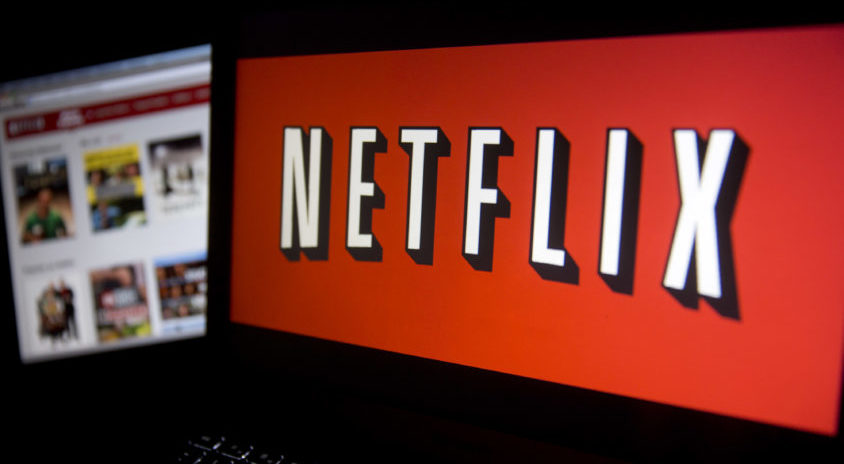M+E Connections

Netflix CFO: Pricing to Grow ‘Slowly and Steadily Over Time,’ Along with Value
Story Highlights
Netflix intends to continue increasing the pricing of its streaming service, but the company is in no hurry to do so on a regular basis – only when it’s able to increase the value offering enough to warrant such moves, according to company executives.
“We’ve been in no hurry” to increase pricing, Netflix CFO David Wells said Oct. 16, during the company’s earnings webcast for the third quarter (ended Sept. 30). “Many investors have sort of criticized us in the past for being underpriced,” but he said Netflix wanted to “make sure that we do” pricing increases “commensurate with value.”
As the company expands its content library, it’s increased the number of global original content it offers that people can only watch on Netflix, Wells pointed out.
He added: “We think that we can grow that value and that price slowly and steadily over time.” There’s also “no timing correlation between our intent to grow content and to grow content spending, and the price increases,” he said, noting: “We’ve assumed that we’re going to grow” the average pricing of its service plans “slowly over time.”
It’s important to make sure consumers perceive that Netflix is offering a “great value in terms of the amount of the content that we have relative to the prices,” CEO Reed Hastings explained on the webcast. But it’s not just the content itself that plays a role in the company’s value vs. pricing strategy. It’s also the resolution of that content, according to Hastings, who noted that when recently updating its pricing plans, Netflix kept its entry-level “super value-oriented” subscription plan at $7.99 for standard-definition content, while increasing the pricing for its HD and “super-premium” 4K Ultra High-Def content plans.
Netflix announced price increases Oct. 5 for most subscription tiers. Before the changes, Netflix subscription plans cost $7.99, $9.99 and $11.99. The new prices are $7.99, $10.99 and $13.99, meaning that Netflix decided to keep the entry-level “Basic” plan the same. The $7.99 plan has remained that price since it launched in the U.S. in 2010, Netflix noted.
In announcing the new price hike, Netflix noted that it last changed prices in the U.S. in October 2015. That earlier pricing hike led to thousands of subscribers dropping the service.
One way that at least some consumers continue to avoid paying to stream content via Netflix is by using the password of a friend or family member who subscribes to the service. But “password sharing isn’t a huge issue for us right now,” according to Greg Peters, Netflix chief product officer said on the earnings webcast. Therefore, he said, it’s “not a huge priority to go try and take significant measures to try and stem it.”
Netflix, meanwhile, is also not necessarily in a hurry to buy another company after recently acquiring comic book publisher Millarworld, according to Spencer Wang, Netflix VP of investor relations and corporate development. Noting that Millarworld was the first acquisition “we’ve done in our 20-year history,” he said: “I think from that you can take that we have a very strong bias to build over buy.” He added: “We remain very, very focused, so we’re not looking to diversify into new businesses, but rather [are] looking opportunistically at intellectual property and other content assets that can help enhance our content library and also accelerate our growth. So overall, I think you should expect us to be selective, but opportunistic as it pertains to” mergers and acquisitions.
Asked if Netflix planned to make a series of other acquisitions with similar characteristics to Millarworld, Ted Sarandos, Netflix chief content officer, said only: “We’re looking at a lot of things…. When there can be these kind of efficiencies, meaning that much creativity under one roof, we’ll definitely want to explore that.”
Netflix reported third-quarter revenue grew to $3 billion from $2.3 billion a year ago, while profit increased to $129.6 million (29 cents a share) from $51.5 million (12 cents).
Global streaming revenue jumped 33% from a year ago, driven by a 24% increase in average paid memberships and 7% growth in average selling price, Netflix said. The company added a Q3-record 5.3 million memberships globally, up 49% year-over-year, it said.
The “strongest force” driving the stronger third-quarter performance was “continued adoption of Internet TV and entertainment, and that tends to drive the lion’s share of our net additions” in memberships, Wells said. Netflix growth continued to be “helped more and more by the increasing strength of our content slate, notably our global originals,” he said.









